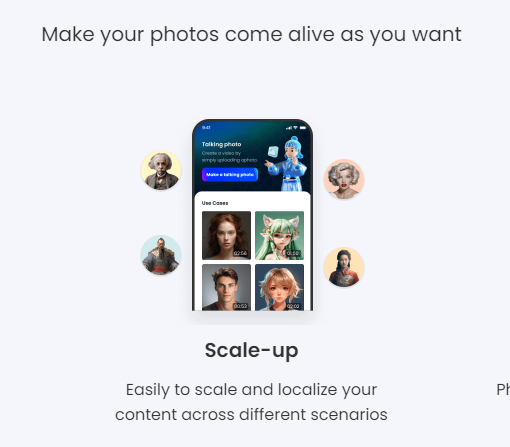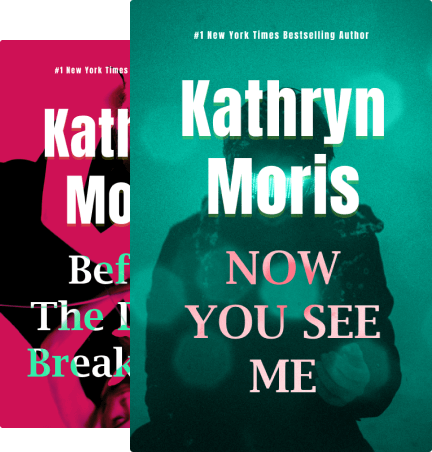This is How You Can Add Audio to Images
Can you think of any other ways talking photos could be useful in a cluttered digital landscape retaining attention of an audience? These are more than just pictures, they provide a talking experience for the viewers. The following instructions tell you how to make your photos talk, which is sure to be more eye-catching than just static images; leading for higher engagement rates.
Choose the Right Image
Talking Photo: Behind the voice — The photo itself Choose a photograph that has an obvious subject; ideally just one or two subjects would be animated. Best for: High-res images, well-lit (little to no distractions in the background) The hat needs to have clear views of the subjects face and good expressions this makes sure that our animations are a lot more lifelike.
Craft a Captivating Script
Your photo is the AUDIO SCRIPT. This is where you get to make yourself relatable to the audience. 6 The message should ideally be no more than 30 seconds, short and sweet. Match the emotional and contextural tone of the image — Your script could be funny, informational or heartfelt— it should appeal to your target market and echo the subject in the photo.
The Impact of Voiceovers by Professionals
Automated text-to-speech is capable of producing talking photos, but professional voiceovers can take your image to a whole new level. A human voice that sounds like it fits the style of the photo can make a project more genuine while drawing in listeners. Statistics show that having a professional voiceover to record the testimonial or read them out loud can enhance user engagement by as much as 40% than listening to unemotional and monotonous voices.

Sync Lips Perfectly
First end: the lip sync, which is arguably one of the most important technical aspects of a talking photo. That is where the AI Integration part comes in, unlike thousands of such tools out there using advanced techniques into matching lips movement with spoken words far too accurately. Lip-syncing is responsible for making the photo look like it's talking which immediately elevates the reality and thus engagement of the photo.
It also personalizes well with custom features.
A lot of the higher-end platforms are highly customizable beyond just voice. You can animate facial expression, add gestures or even change the background of photo to fit with audio content through it. Beside that, it goes without saying that personalizing your talking photo will make it really stand out and can increase both its uniqueness and easy.
Optimize for Sharing
Make sure your talking photo is properly set up for sharing on different network platforms. This involves ensuring the format and aspect ratio works well on social media, websites etc where it will be shown. Many platforms allows exporting your creation in a variety of sizes and formats to met specifics needs like Instagram stories or Twitter poster.
Test and Gather Feedback
Test your talking images on a small portion of your target audience, before they go live. Collect response not just for the technicals(quality of image, sound) but for your content also (emotional connect). This feedback may prove very useful in tweaking your technique to make the largest difference.
Looking Ahead
The higher AI technology grows, the more advanced talking photos are capable of being. Advances in AI and machine learning will only serve to improve the authenticity and interactivity of these ever more realistic creations.
But not all talking photographs are created equal — making photos talk in such a way that the viewer will stop scrolling through their feed and pay attention takes some skill, but it isn't difficult to master if you keep a few key tips in mind. Follow these tips to create engaging talking photos that both entertain and resonate on a much deeper level with your viewers, making you stand out from the noise in digital.
